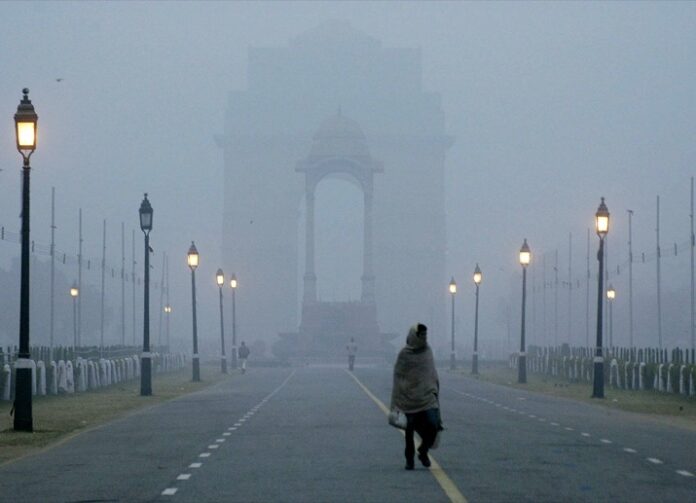The streak of abnormal temperatures continues as India prepares for an unseasonably warm December. The India Meteorological Department (IMD) has forecast above-normal temperatures across most parts of the country, following an exceptionally warm November — the third-warmest November in 123 years, trailing only 1979 and 2023.
Delhi, like much of the country, is already experiencing temperatures significantly higher than usual, with daytime mercury levels settling at 24–28°C and nighttime temperatures hovering around 10–13°C. According to the IMD’s winter outlook, the trend of higher-than-normal temperatures is expected to persist throughout the winter season, spanning December to February.
IMD Chief Dr. M. Mohapatra emphasized the reduced likelihood of cold wave conditions this winter, particularly in the core-cold zones of Northwest and Central India, including Punjab, Haryana, Uttar Pradesh, Bihar, and Rajasthan. “Normally, cold waves persist for 5–6 days in these regions, but this year they are expected to be below-normal,” he said.
The winter anomaly comes as 2024 is set to become the warmest year on record globally. India’s warm October, which was 1.2°C above normal, was followed by a November with monthly mean temperatures rising 0.8°C above the usual average. Northwest India recorded a particularly significant deviation, with temperatures soaring 1.37°C above normal, exacerbated by a 79% rainfall deficit due to weak western disturbances.
November, traditionally a peak month for cyclonic disturbances, witnessed a notable drop in activity. Only two low-pressure systems formed in the Bay of Bengal, one of which intensified into Cyclone Fengal, delivering heavy rains to Tamil Nadu and Puducherry. Southern India is expected to continue receiving good rains in December, courtesy of an active northeast monsoon, providing some respite from the rising heat elsewhere.
While La Niña typically brings colder winters to India, its emergence remains uncertain. Sea surface temperatures in the equatorial Pacific Ocean are currently near normal, and global models suggest only a moderate chance of La Niña forming early next year.
The IMD warns that the warming trend aligns with long-term data indicating declining November rains since 2001. With climate patterns becoming increasingly erratic, India faces the pressing challenge of adapting to the intensifying impacts of climate change.



